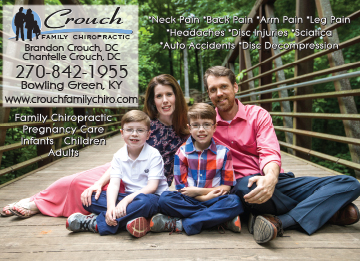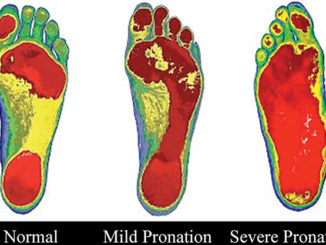
Parenthood brings new challenges. One of the biggest challenges is how do you best care for a new baby. When it comes to raising your children, I’m sure you have found that other parents are not short of advice. Although I have two wonderful boys of my own, I will spare you any overall parenting advice. What I will share with you is sound professional advice of how to best care for your newborn’s spine.
One of the largest reasons an adult’s spine has problems is due to improper curvatures of the spine. Our spines have special curves called primary and secondary curves which aid in shock absorbance as you run, bounce, and get jarred around. If these curves do not develop properly during early childhood or become altered due to injuries, they will accelerate damage and increase harm to the spine and potentially the spinal nerves.
Unfortunately, most people fail to care for their spine until pain or other symptoms arise. This can occur long after damage has occurred. The same principle holds true for your child’s teeth. As parents we want to start caring for our child’s teeth as soon as they develop, not wait until they start having pain. Damage can occur to the spine way before symptoms ever surface.
When babies are in the womb their spines are shaped in a “C.” This is necessary so that as your little one develops their little bodies can adjust to the cramped quarters. This “C” formation is called the primary curve because you are born with it.
Secondary spinal curves develop after birth. These spinal curves (neck and low back) are the ones most commonly damaged in adulthood. In these two spinal curves we see more issues of spinal disc bulging, disc herniations, disc prolapses, degenerative disc disease, bone spurs, spinal cord, and nerve impingements. Since you can’t reverse damage after it has occurred, it is crucial to provide proper care from the very start.
Shortly after birth we spend countless hours supporting the neck and head of our newborn. We cradle and support their heads until the neck muscles develop and strengthen. As your little one grows in the first couple months, they will strain and wobble their neck as they try to hold up their head. This is when the neck (cervical) curve starts to form. The neck curve is the first secondary curve to form.
Another primary way to get a properly developed neck curve, after your baby can hold up their head, is to give them plenty of tummy time. During the first three to six months, while little ones are lifting their head off the floor, they are strengthening their neck muscles and improving their neck curvature.
Typically, when your baby is somewhere between six to 12 months of age, your life as a parent becomes infinitely harder. This is when your little one starts lifting themselves off the ground and trying to move those legs. This is when the second secondary curve continues to develop as your baby starts to creep and crawl. This is when the low back (lumbar) curve develops.
During these crucial developmental stages, a lot more is happening besides just the mobility of your child. Underneath the surface, the vital secondary spinal curves are developing.
Regrettably, many babies do not have enough tummy time or crawling time. I want to encourage you to let your child have a lot of tummy time. As long as they are not crying, let them enjoy time on their stomach. This helps to develop those secondary curves.
Another problem is trying to help your child when they are learning to walk. In an effort to help, we try to encourage walking by holding their hands and walking with them. Let your child crawl as long as possible and don’t try to speed up the process. During crawling, your child is also connecting both sides of their brain which helps build neural connections.
For convenience, busy parents sometimes turn to walkers and carriers to occupy their child. Walkers put babies in upright postures before the baby’s spine is ready to support this weight. Baby swings and carriers, if used for long periods of time on a regular basis, can put the baby’s spinal curvatures back into a “C” position and slow the development of the secondary curves.
Giving your little one plenty of tummy time and allowing them to crawl as long as possible is vital for their long-term spinal health. A healthy spine as an adult has to start from birth. Caring for your spine should begin right away, just like you care for the teeth. If you haven’t already had your child’s spine checked by a chiropractor, I encourage you to do it soon. This will give them and their spinal health the very best start possible.
-by Dr. Brandon Crouch
About the Author: Dr. Brandon Crouch is a Chiropractor with Crouch Family Chiropractic. He is an advocate for being proactive when it comes to your health and encourages people to make healthy informed decisions. For more information you can go online at: www.crouchfamilychiro.com.




